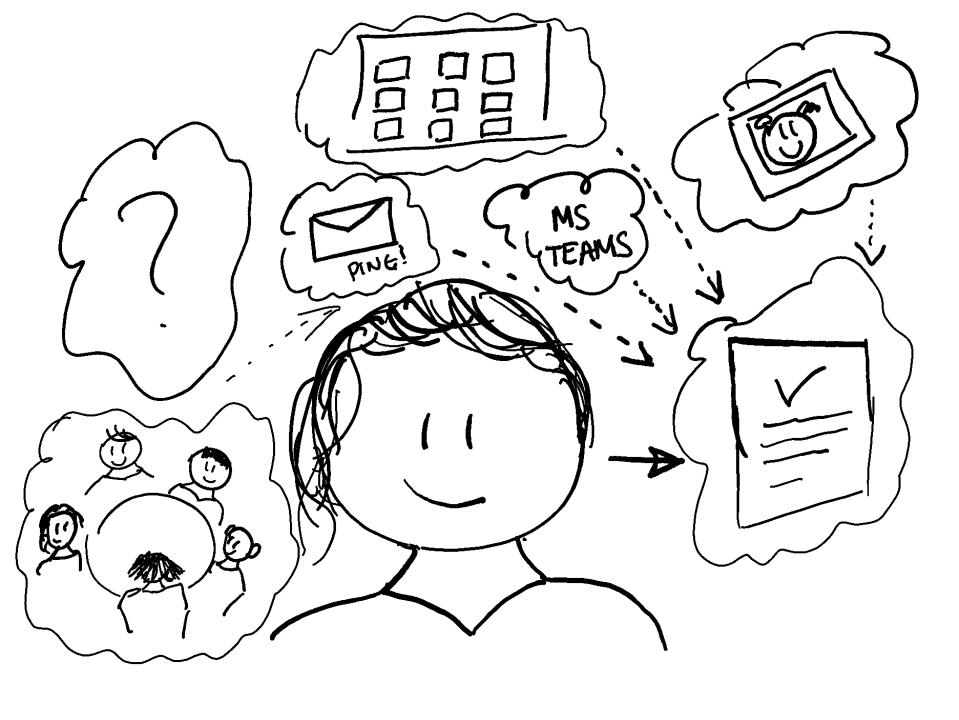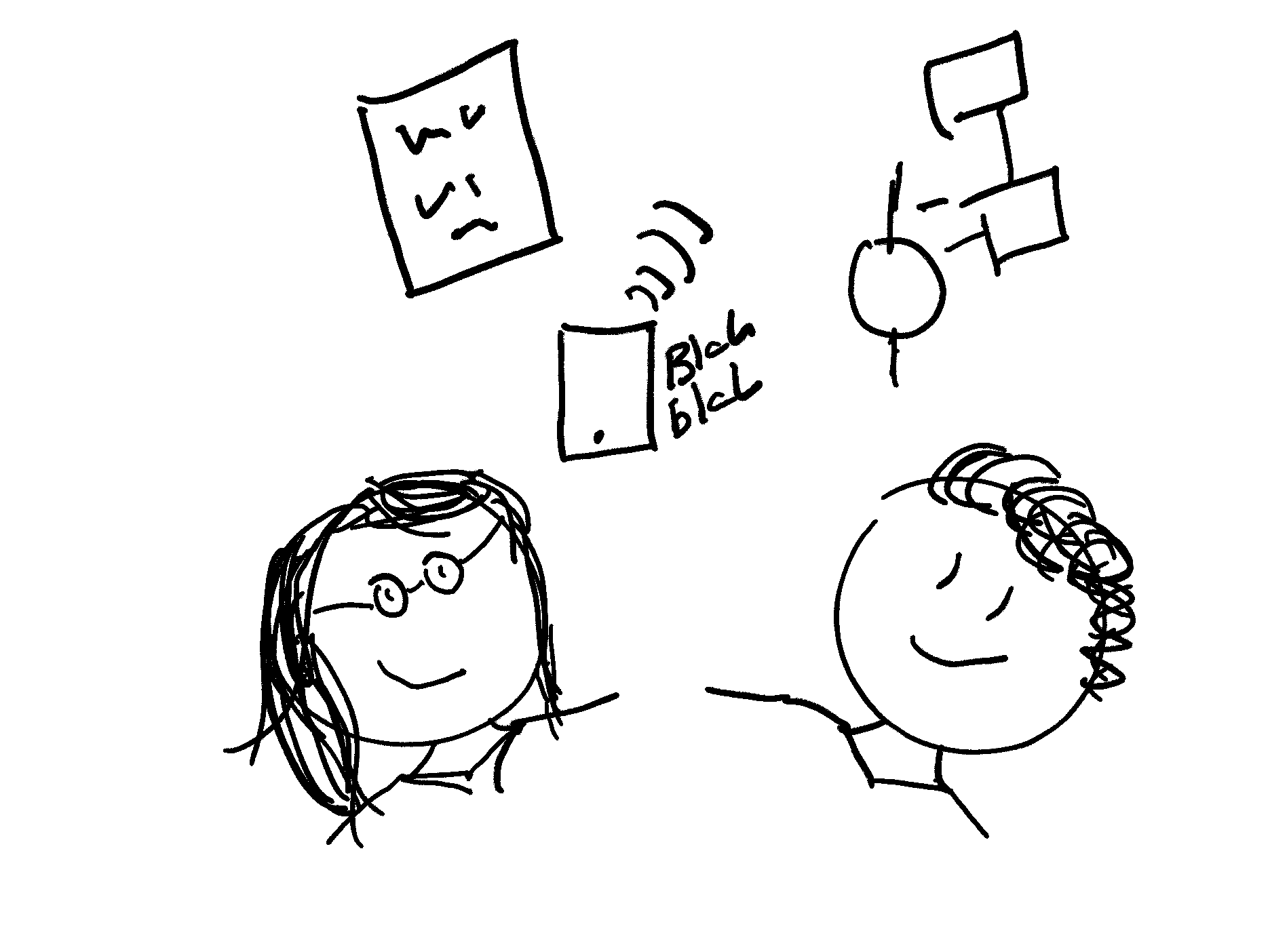Towards "Office Optional" or "The office as just another collaboration tool"
Back in April 2020, the article The Five Levels of Remote Work — and why you’re probably at Level 2 went viral. I published my own spin on the piece on LinkedIn last year, but recently dug it out for a connection who was putting an article together on the importance of asynchronous communication in the hybrid workplace. I realised that, more than a year on, the piece is more relevant now than when first published. Here it is, with some updates.
In The Five Levels of Remote Work — and why you’re probably at Level 2 Steve Glaveski summarises the conversation between Sam Harris and Matt Mullenweg in the Making Sense podcast. In the episode, Matt describes the changes in mindset and behaviour necessary to truly embrace distributed work. And by sharing the sequential levels of remote work adoption, he explained why so many people, in spite rapidly learning how to use all the technology at their disposal as they were forced to work from home, were still struggling.
(By the way, if you're a podcast listener, do listen to the original conversation).
Here’s a quick summary of the five levels of remote work:
Pre-pandemic, most organisations were at LEVEL 1, where remote work wasn’t really an option and people would work from home every now and then, when they had to wait for the plumber or write a difficult report which required total silence and concentration.
LEVEL 2 describes the first step in rapidly adopting remote work: doing everything the way it was done in the office, but online. Plenty of video meetings and emails flying around.
At LEVEL 3, teams start to experiment with technology and discover the tools that help them have better meetings and communicate in between meetings. Online meetings are recognised as needing different approaches to those taking place in person.
Teams at LEVEL 4 have integrated asynchronous communication into their rhythm, and team members have complete flexibility in when they communicate with each other. This is what being distributed is really about.
LEVEL 5 is “Nirvana”. Quoting the article, it’s “where your distributed team works better than any in-person team ever could.”
The article by Glaveski came out on the day I started to give a series of workshops to managers who'd found themselves suddenly working from home and wanted to adopt online collaboration practices. The five levels model gave me the language to:
1) Reassure people that it was normal to try to transfer all their colocated practices (mainly meetings) to the online space and
2) Remind them that they were at the very early stage of remote work adoption. This is not how a distributed team works.
Office Optional
With the sudden shift to remote during the pandemic, many teams tried to replicate how they were working in the office by transferring their habits and communication patterns online. (By the way, this is nothing new. Check out this rant - erm, I mean my blog post from March 2017.) In many organisations, this resulted in back to back meetings, virtual fatigue and working too many hours. Teams didn’t have the time to figure out how to “work out loud”, make their workflow visible or create documentation that would help individuals work independently.
On reflection, this reliance on meetings is not something I'd observed before (or had to warn about before) when teams and organisations consciously adopted remote work. I think it's a sign of the forced and rushed nature of the recent change.
In order for The Five Levels of Remote Work to work for the managers I was working with, I couldn't talk of the final level as "Nirvana" as the one to aspire to. Most people I was talking to wanted to go back to the office at some point - for at least some of the time. And in all honesty, so do I. I think "Nirvana" is choosing where you want to work from - and choosing the tools that will allow you to do your best work.
One such tool is the office.
Asynchronous Communication
The ability to make the most out of asynchronous communication is what makes remote work part of the whole "flexible working" movement. But many people still prefer or require synchronous communication. We need a balance - that's why I suggest adding "deliberate synchronous communication" to Matt’s Level 4 (which he calls “asynchronous communication”).
Meetings/phone calls are not something we do because there is no other way of communicating - we have them because they are the best way to communicate at that particular moment, with those particular people, about a particular thing. (Also, we know that meetings have a social function in the online space, but that takes me off on a tangent, best served by the book Online Meetings that Matter.)
“Asynchronous” doesn't Always Mean "the written word"
One last thing:
We mainly communicate asynchronously through the written word.
But it doesn't always have to be like that. In fact, this is what puts many people off moving into the asynchronous space. Asynchronous communication can also be done through audio, by taking pictures of sketches, even of handwritten notes. Most professionals didn't choose to be writers, so we can't expect them to embrace the written medium as a way of expression and connection with their colleagues.
My interpretation of the five LEVELS of adoption of location-independent work.
Having talked about asynchronous communication as an important part of any remote team, and having suggested the office as one more tool to our disposal, here’s my adaptation of the five levels. (I call them stages, I hope that’s ok with you.)
Stage 1. "Remote work" only means "working from home" - WFH is something we do when we need peace and quiet. Sometimes "working from home" is a euphemism for "slacking"... #NotHelpful. Remote work actually takes place every day in the daily commute, but it's not seen as "remote" and it's not thought of as "work", just checking emails.
Stage 2. Moving the office online. And if this happens without first talking about how we're going to do it, every dysfunction gets multiplied by 10. Miscommunication increases, top-down approaches become even more visible, meetings multiply at the speed of 5G.
Stage 3. A new kind of virtual team. Virtual teams used to communicate via teleconference or email. Now there are many other ways in which to collaborate, stay connected, and understand where we fit in the team's work. And, each tool (or collaboration space) is suited to a different kind of communication. A real understanding and awareness of this is crucial in order to adopt asynchronous communication.
Stage 4. Adopting asynchronous communication and deliberate synchronous communication - which won't really work without planning how it all fits together. And no, it's not just about common sense, you need to talk about it, spell it out and capture it in a live doc.
Stage 5. The office as another collaboration tool. We stop thinking about the office as the only place where we can work together - we understand what value being physically together brings, and how it enriches our work. We've adopted Visible Teamwork in a way that suits our team, and that keeps us connected with the organisation and the outside world.
At the time of writing, many organisations are considering how to move forward. They are talking to their employees, evaluating their first steps in remote work (albeit during a crisis!) and considering the best ways of using their offices, should they choose to keep them.
Whichever direction you decide to take with your company, remember that this is a time to re-design how you work, to evaluate past ways of collaborating. It’s a time to design ways of working which make the most out of our time together, and our time apart.
(And if you need any help, get in touch. Or, if all you need is inspiration, sign up to our newsletter, below. On signing up, you will be able to download our guide to Leading through Visible Teamwork, focused on nurturing the asynchronous mindset.)







